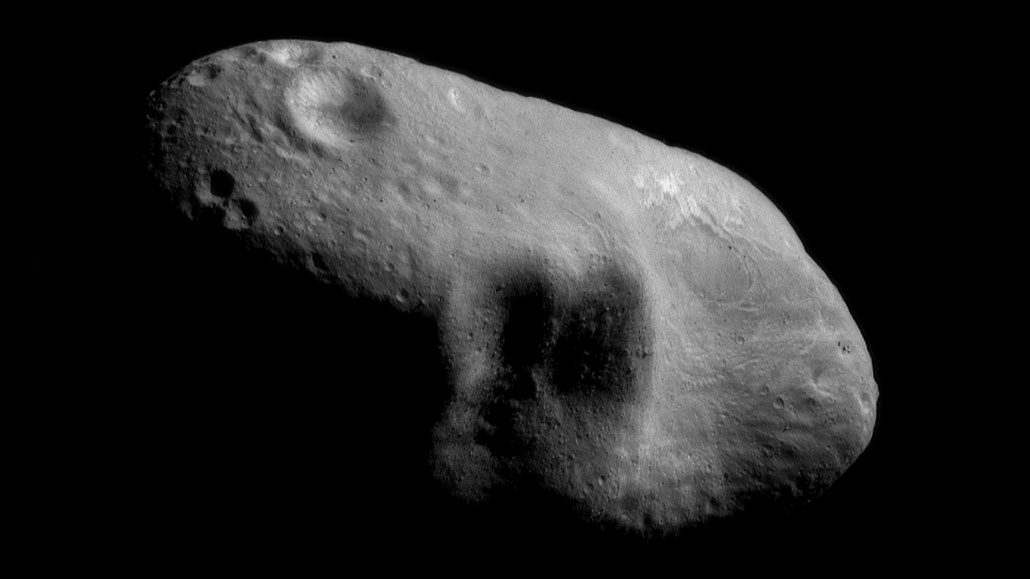asteroid: A rocky object in orbit around the sun. Most asteroids orbit in a region that falls between the orbits of Mars and Jupiter. Astronomers refer to this region as the asteroid belt.
atmosphere: The envelope of gases surrounding Earth or another planet.
gravity: The force that attracts anything with mass, or bulk, toward any other thing with mass. The more mass that something has, the greater its gravity.
meteor: (adj. meteoritic) A lump of rock or metal from space that hits the atmosphere of Earth. In space it is known as a meteoroid. When you see it in the sky it is a meteor. And when it hits the ground it is called a meteorite.
meteorite: A lump of rock or metal from space that passes through Earth’s atmosphere and collides with the ground.
meteoroid: A small rock- or metal-based piece of natural space debris that orbit the sun. Far smaller than asteroids, these range in size from small dust grains to big pebbles. When they get close to Earth, some may be pulled into the planet's atmosphere. NASA estimates that every day some 3,000 metric tons of this space debris enter's Earth's atmosphere. Friction caused by their fast past through the air will cause most to burn up. The light streaks they cause as this happens is known as a meteor.
orbit: The curved path of a celestial object or spacecraft around a galaxy, star, planet or moon. One complete circuit around a celestial body.
planet: A large celestial object that orbits a star but unlike a star does not generate any visible light.
sun: The star at the center of Earth’s solar system. It is about 27,000 light-years from the center of the Milky Way galaxy. Also a term for any sunlike star.
vaporize: To convert from a liquid to a gas (or vapor) through the application of heat.








